As your wee one becomes a toddler, they start to become more independent. So ideally they need toys that help them practise their new-found capabilities such as walking, talking and fine finger skills. They begin to learn the meaning of words such as ‘up’ and ‘down’, ‘in’ and ‘out’, ‘big’ and ‘small’, and need playthings that enable them to explore these.
Toys for toddlers
Play helps your child to learn. As they start to feed themselves and are ready for toilet training, they also need opportunities for messy play, as well as toys that help them get used to all the new things they’re learning to do. With the huge choice of toys available in the shops, it can be difficult to know which ones to get.
Every child is different and develops at their own rate, so be guided by your toddler and their interests. It’s worth having a look in your local charity shops to see what you can pick up – that way not only will you save money but you’ll also turn the toy hunt into a treasure hunt with your wee one – what bargains can they unearth? And remember. it’s not about having the latest toy, but about spending time joining in and playing with your child.
Hidden treasure
Research shows that playthings which use children’s senses are especially important in helping them understand how things work. This doesn’t mean you need lots of bought toys. Instead, keep a ‘treasure basket’ of household objects for your child to explore. Change the contents regularly to keep them interested.
It could include fir cones, shells, shoe brush, cotton dishcloth, different-sized paintbrushes, dolly clothes pegs, egg cups, metal or plastic spoons, saucepans and lids, salt and pepper shakers (empty), sieve, tennis ball, beanbag, notepad, big bits of greaseproof paper and tin foil, cardboard boxes, kitchen paper tubes.
Toys for one year olds
Toys that help kids use their body and gain balance
- sit-and-ride animals
- push-along bike
- tractor
- large balls
- rolling rattles.
Toys that help them develop fine finger skills and hand–eye coordination
- screwing toys
- stacking toys
- sorting toys
- simple jigsaws
- threading toys
- blocks
- put-together train
- bucket and spade.
Toys that help them understand different actions
- toys with buttons, bells or levers
- hammering toys
- posting toys
- nesting beakers
- windup items such as a musical box.
Toys that help develop their imagination
- dolls
- teddies
- puppets
- playhouse
- dressing-up clothes, hats and shoes.
Toys that help to teach about volume, weight and concepts such as floating, sinking, measuring
- floating duck
- beakers
- jugs and other containers
- straws
- tubes
- bubbles.
Toys that let them make a mess
- powder paints
- large brushes
- coloured paper
- wallpaper
- lining paper
- crayons
- playdough.
Toys to cuddle and comfort
- teddy bears
- furry animals
- cuddly fabrics.
Safety first
Always provide a safe environment for your child to play in. Choose items big enough not to be swallowed with no small pieces that can break off and avoid sharp edges or points.
 Activities & Play
Activities & Play Behaviour
Behaviour Childcare
Childcare Development & Growing Up
Development & Growing Up Family, Friends & Relationships
Family, Friends & Relationships Feeding Your Baby
Feeding Your Baby Food & Eating
Food & Eating Health & Safety
Health & Safety Mental Health & Wellbeing
Mental Health & Wellbeing Money & Work
Money & Work Online Behaviour & Safety
Online Behaviour & Safety Pregnancy & First Days
Pregnancy & First Days School & Education
School & Education Sleep
Sleep

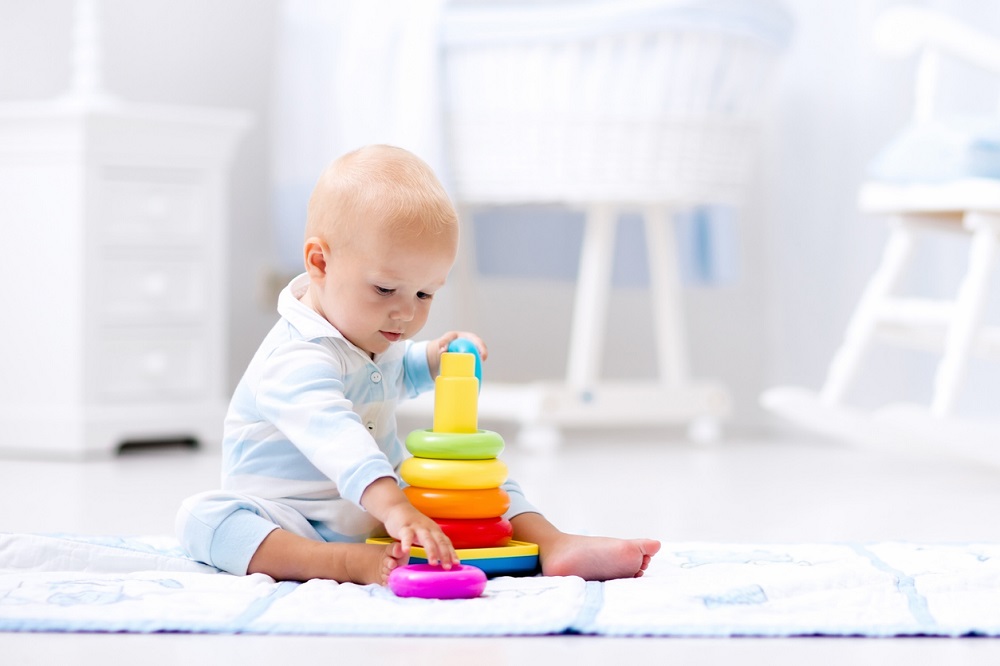
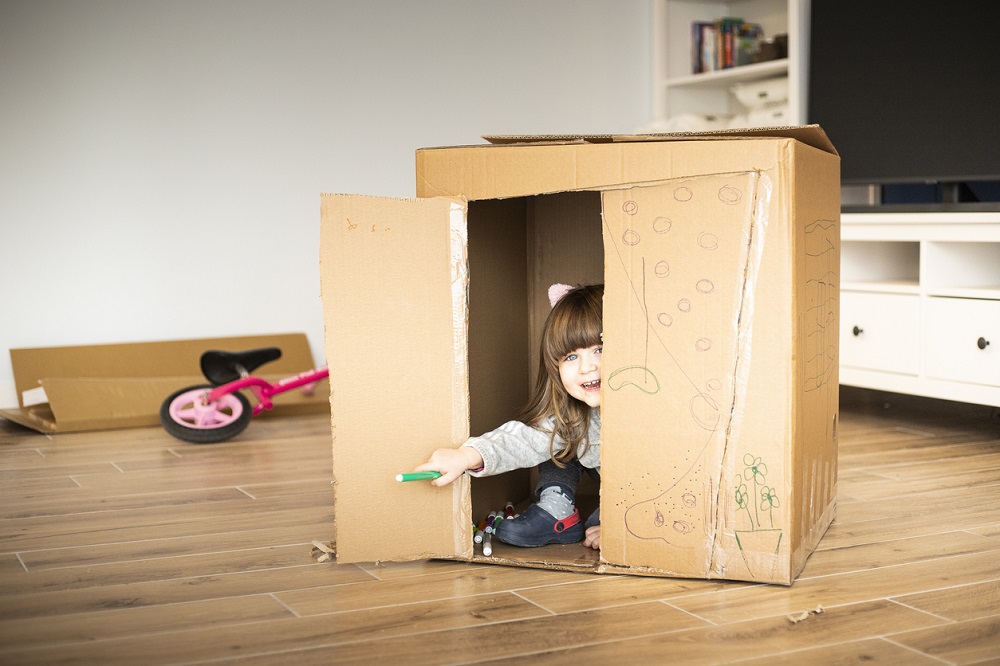
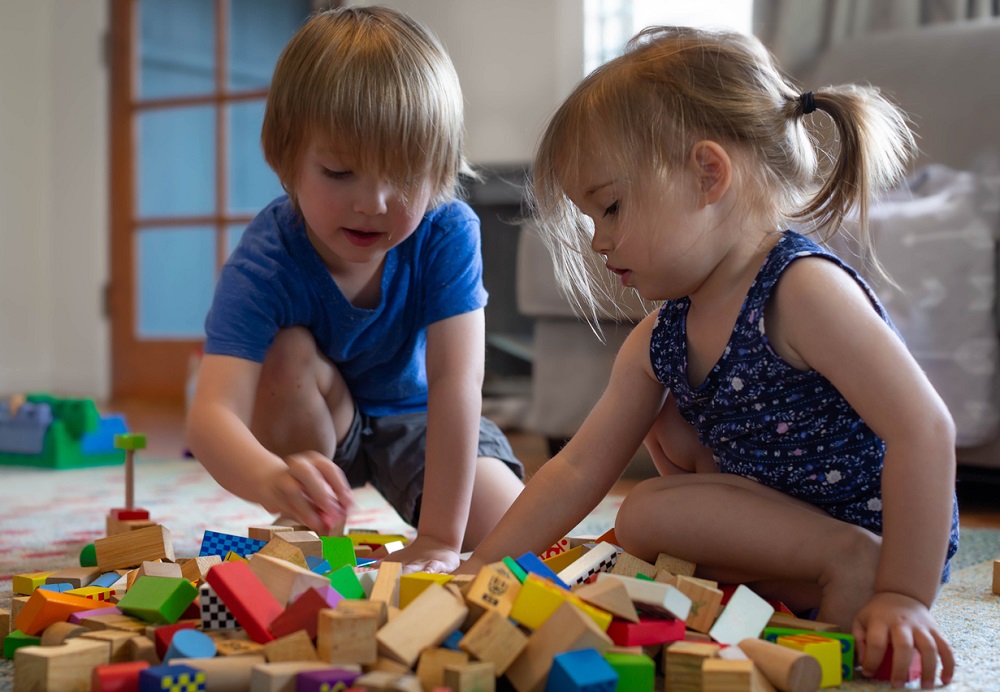
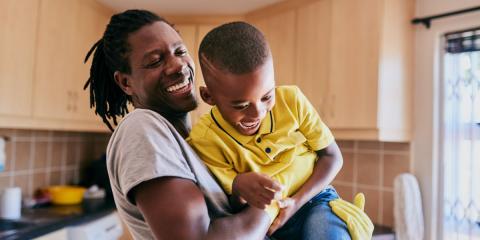
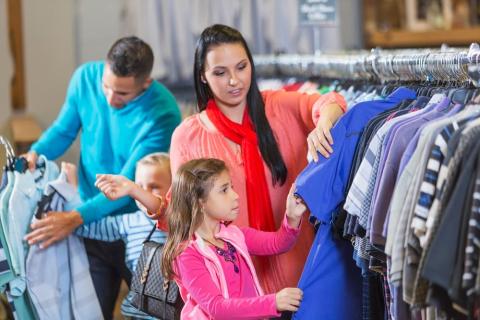
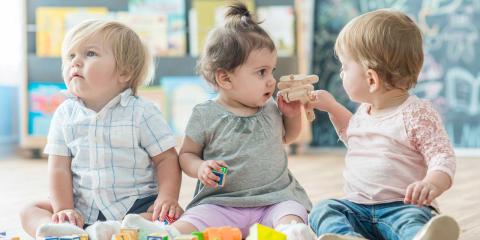
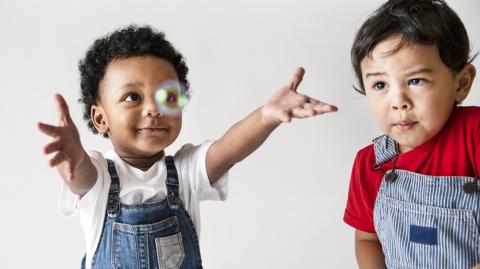
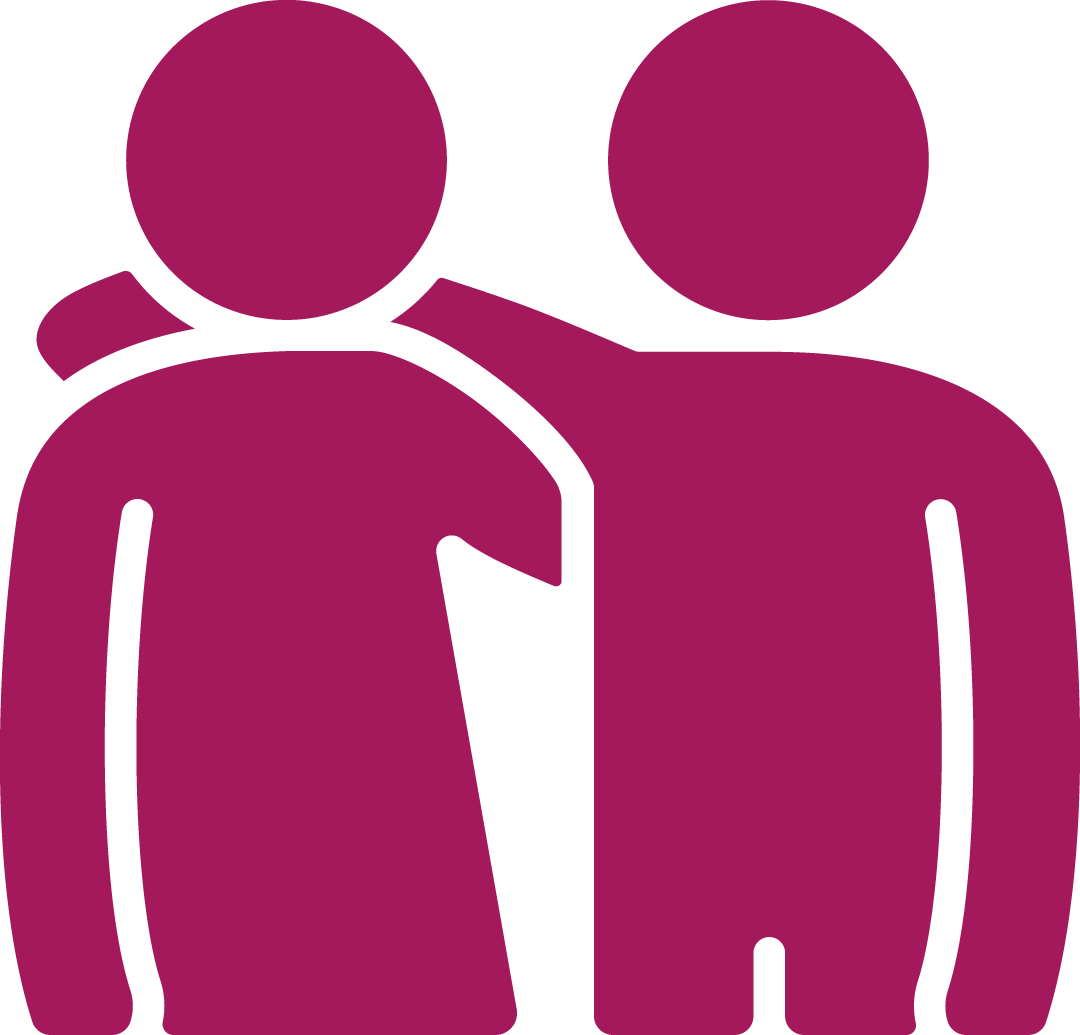 Family, Friends & Relationships
Family, Friends & Relationships
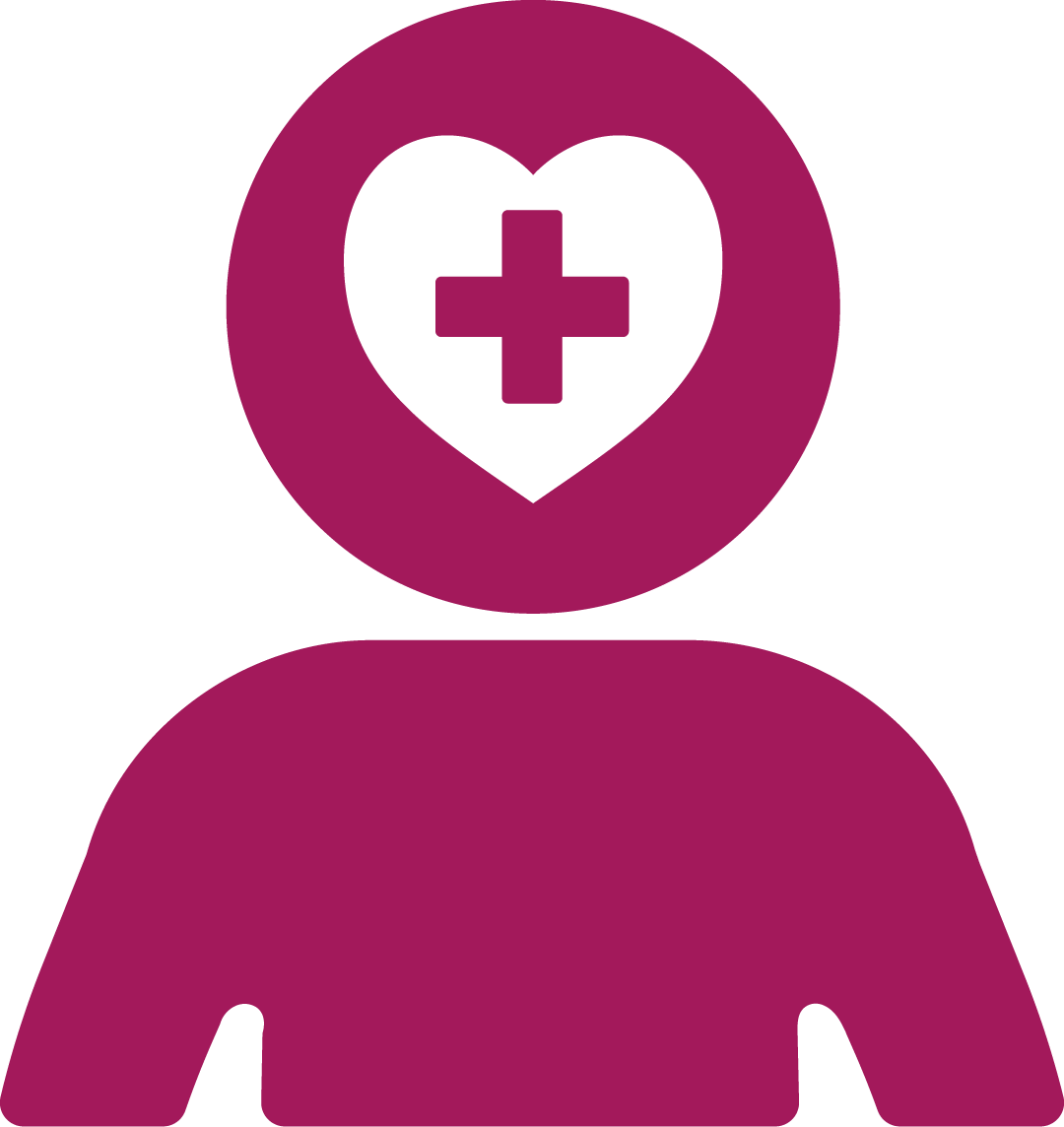 Mental Health & Wellbeing
Mental Health & Wellbeing